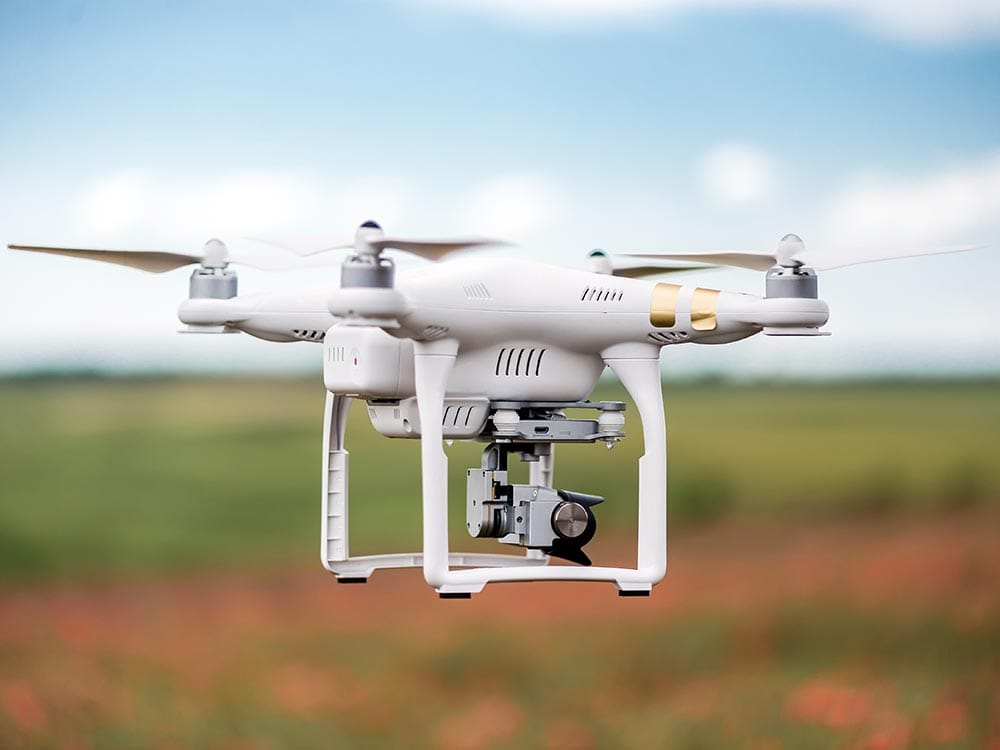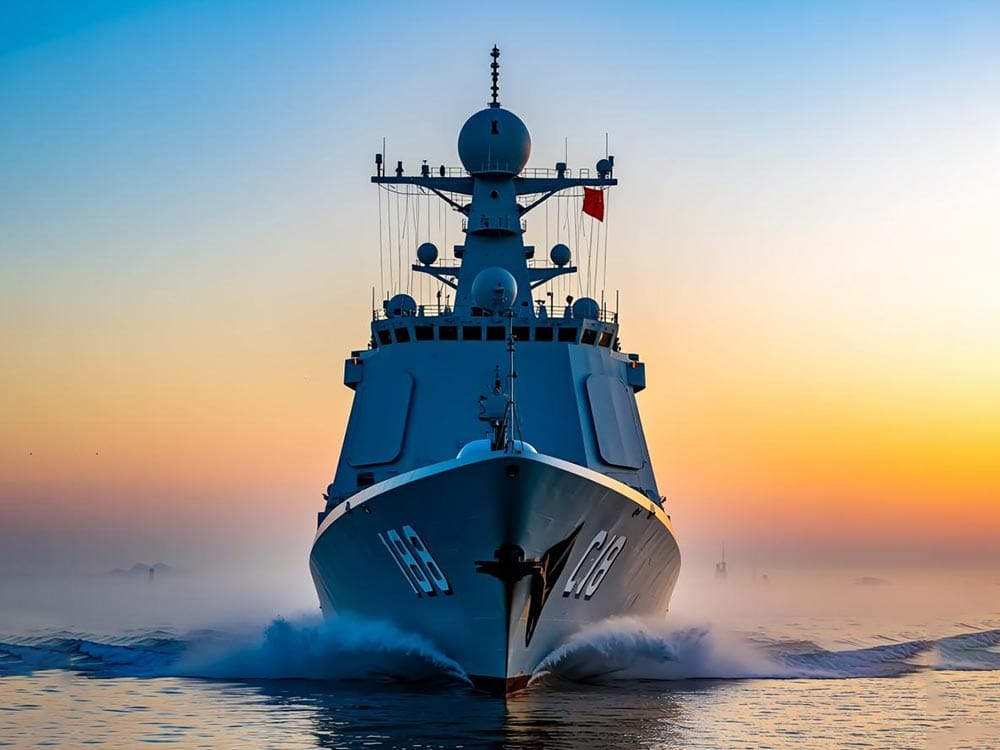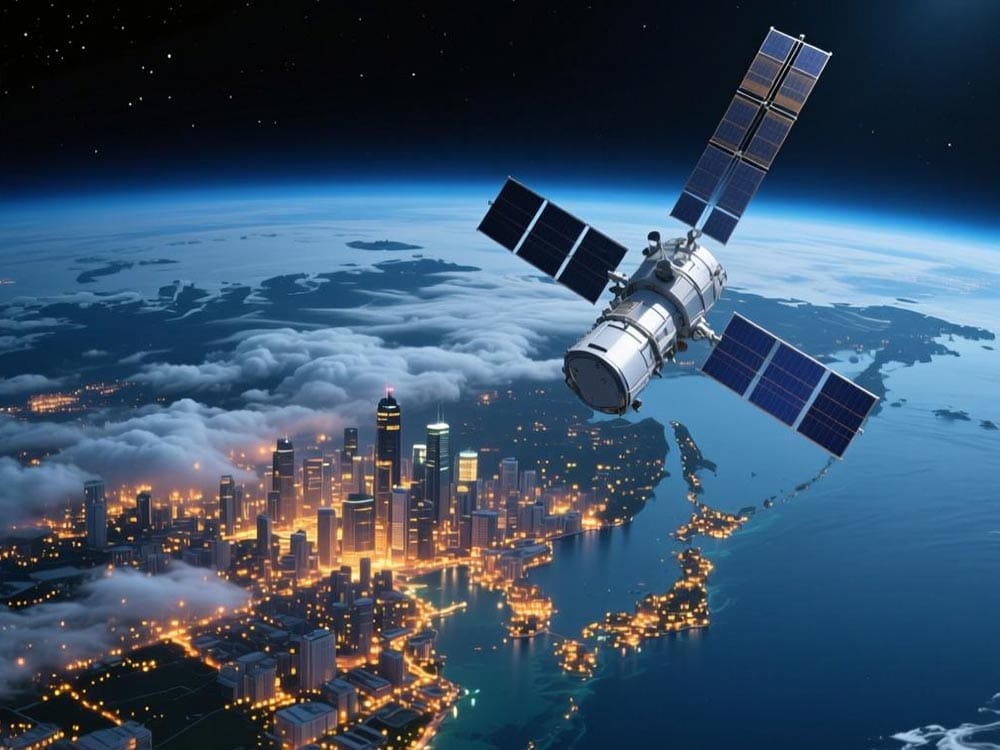Meteorological and climate research: monitoring the spatiotemporal changes in surface albedo, as a core input parameter of climate models, to support global warming and regional climate prediction research (such as the impact of ice and snow albedo changes on polar climate).
1. Meteorological and climate research: monitoring the spatiotemporal changes in surface albedo, as a core input parameter of climate models, to support global warming and regional climate prediction research (such as the impact of ice and snow albedo changes on polar climate).
2. Agriculture and Ecology: Determining crop growth by albedo (healthy vegetation has a lower albedo than withered vegetation), monitoring grassland/forest cover changes; calculating ecosystem energy balance to guide ecological restoration.
3. Snow and ice hydrology research: measuring the albedo of glaciers and snow cover, evaluating the rate of snow and ice melting, and providing data for snowmelt runoff forecasting and water resource management (e.g. snow albedo monitoring at Xizang Plateau).
4. Remote sensing calibration: As a ground true value reference, calibrate satellite remote sensing albedo products to improve the accuracy of remote sensing data (such as MODIS satellite albedo product ground verification).
5. Urban environment and architecture: measure the albedo of urban underlying surfaces (pavements, roofs), optimize urban greening and building material selection, and mitigate the urban heat island effect (high-albedo materials reduce heat absorption).
Product Parameters:
1. Measurement range: albedo value 0~ 1.0 (corresponding reflection ratio 0%~ 100%, suitable for various underlying surface characteristics).
2. Spectral response: 280~ 3000 nm (matches the total solar radiation spectrum to ensure that there is no spectral deviation in the reflected radiation measurement).
3. Accuracy: ≤ ± 3% (core indicators, reference standard albedo table calibration, to ensure data credibility).
4. Response time: ≤ 30 seconds (90% response) (quickly capture changes in the reflection characteristics of the underlying surface, adapt to short-term environmental fluctuations).
5. Temperature coefficient: ≤ ± 0.05%/℃ (reduce the impact of high and low temperature environment on measurement, improve field scene stability).
6. Field of view: usually 180 ° (full viewing angle receives reflected radiation from the underlying surface to avoid local area measurement deviation).
Our products deliver superior performance, critical technical support, and reliable product assurance in any environment.
Our MEMS sensors achieve unmatched levels of performance gains in critical areas such as bias instability and angle random walk.
All our product designs go through rigorous testing utilising our ISO17025 accredited laboratory.
We manage every aspect of our product range, ensuring the highest quality on the market. Our highly skilled team provide expert technical support.





